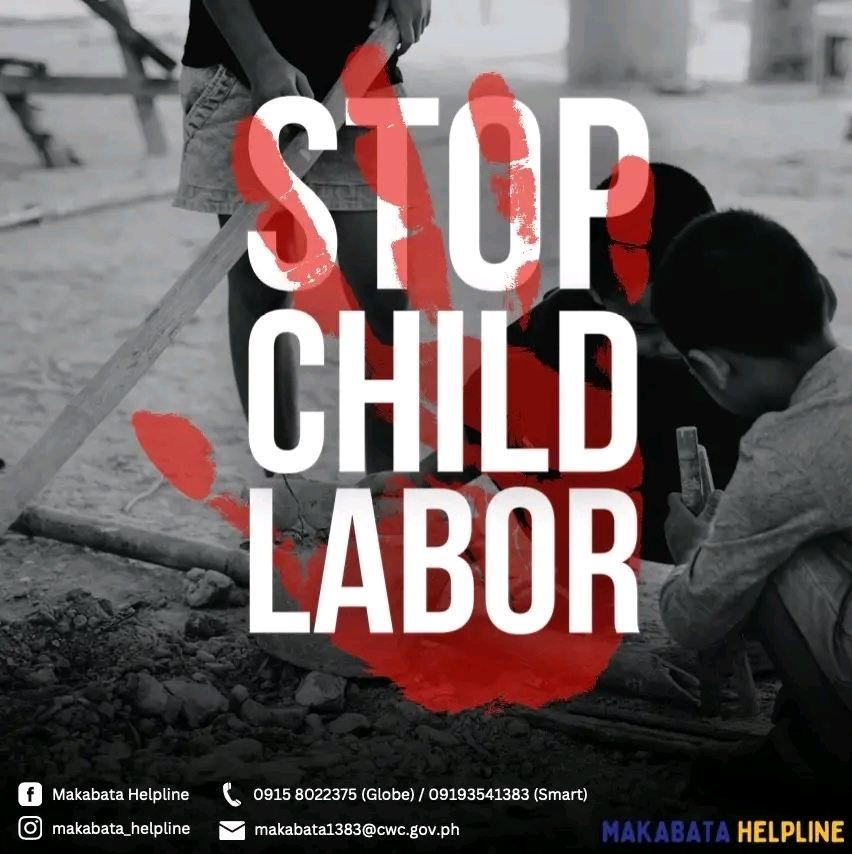In the Philippines, the Department of Labor and Employment (DOLE) has been working tirelessly to combat child labor, a pervasive issue that affects millions of children worldwide.
While progress has been made in some parts of the country, the DOLE in Eastern Visayas has proudly reported zero recorded cases of child labor in the region.
This staggering statistic raises questions about the accuracy of this claim and whether it is a result of underreporting or normalization of child labor.
One possible explanation is that child labor has indeed been normalized in Eastern Visayas, making people think it's not worth reporting.
In many rural communities, child labor is seen as a necessary evil, with children helping their parents or relatives with small-scale farming or street vending.
However, this normalization can also lead to a lack of awareness about the issue and a failure to report cases.
If child labor is viewed as an acceptable part of life, people may not see the need to report it, even if they are aware of its existence.
Another possibility is that there is underreporting of child labor in Eastern Visayas.
This could be due to various factors, including a lack of resources, limited awareness about the issue, or fear of retribution.
Children who are forced to work may be too afraid to speak out, and their parents or guardians may be reluctant to report the abuse due to fear of being fined or facing legal action.
Additionally, local authorities may not have the capacity or resources to investigate and track child labor cases, leading to a lack of documentation.
Furthermore, it is also possible that the DOLE's reporting system is not effective in Eastern Visayas.
The agency relies on reports from local governments, schools, and non-governmental organizations (NGOs) to identify cases of child labor. However, if these reporting mechanisms are inadequate or ineffective, cases may go unreported and unnoticed.
It is also worth noting that Eastern Visayas has a relatively low level of economic development compared to other regions in the country.
The region's economy is largely based on agriculture and small-scale fishing, which may not provide enough opportunities for employment and economic growth.
This can lead to a higher incidence of poverty and vulnerability among children, making them more susceptible to child labor.
To get to the bottom of this enigma, it is essential to conduct thorough research and gather data on child labor in Eastern Visayas.
DOLE should conduct a comprehensive study to identify the root causes of child labor and develop targeted interventions to address these issues.
This could include increasing awareness about the risks and consequences of child labor, providing alternative education and training opportunities for children, and supporting families who are at risk of sending their children to work.
While the DOLE's report of zero recorded cases of child labor in Eastern Visayas may be true, it is crucial to explore the reasons behind this phenomenon.
It is possible that underreporting or normalization of child labor are contributing factors.
To effectively combat child labor in Eastern Visayas, it is essential to understand the root causes of this issue and develop targeted interventions to address these problems.
#WeTakeAStand #OpinYon #OpinYonNews #DOLE #ChildLaborReports
